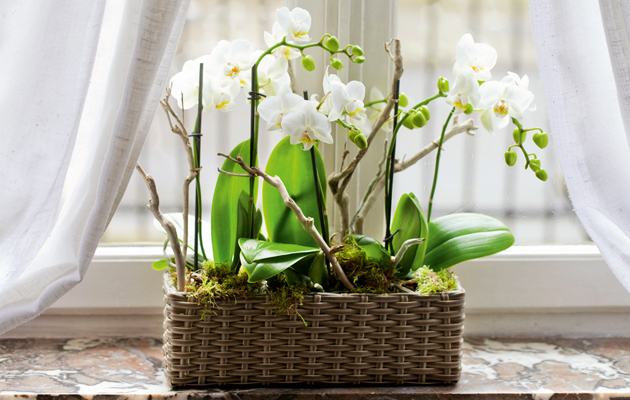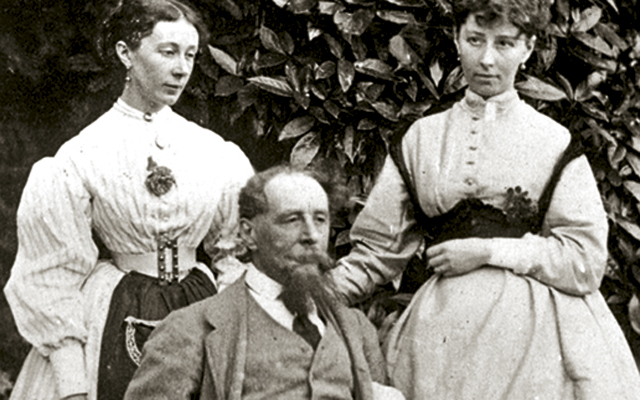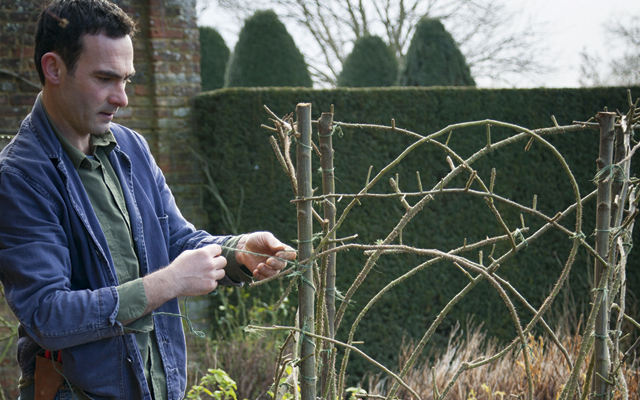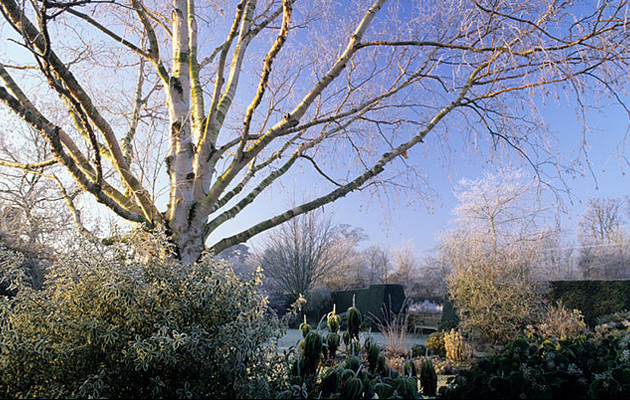Return of the indoor gardener
Alan Titchmarsh hopes houseplants will make their way back into the nation's affections.


I do hope that houseplants will soon make a more lasting way back into the nation’s affections. Our homes benefit from the cheering and air-cleansing effects of a houseplant or two and it seems that only at Christmas, when the poinsettias, cyclamen and winter cherries are so widely offered, are we prepared to give them a home.
But it’s important to choose the right plant for the right place and, equally important, to buy them wisely. Poinsettias, natives of Mexico, don’t appreciate a few days in a draughty British street market. It’s not that I’m trying to do the markets out of trade, for, when it comes to cyclamen and winter cherries (Solanum capsicastrum), they’re unlikely to turn a hair as they hail from cooler climes, but a poinsettia that has caught a chill will turn up its toes. It’s unlikely to show the effects of the winter weather until you get it home, at which point, all the leaves fall off and the bracts begin to blacken. It’s not a pretty sight.
It follows, then, that poinsettias are best bought from nurseries, garden centres and supermarkets. They like warm rooms whereas cyclamen and winter cherries are happiest when cooler. The poinsettia likes good but indirect light, some feet away from the window, but out of draughts. The other two will be happy on a windowsill, where the light is brighter but temperatures lower. With all of them, avoid close proximity to radiators, which will see them fading fast as their leaves crisp up and their flowers perish. Water them all when the compost starts to feel dry to the touch, not before, as overwatering in winter is the biggest killer.
The one beauty that appears to have survived the houseplant purge is the moth orchid, Phalaenopsis—now available in a range of pinks and purples as well as the unimpeachable and deservedly popular pure white. Nothing looks more opulent and sophisticated than a wide bowl that’s been filled with half a dozen or more of these arching-stemmed beauties, their pots surrounded by moss.
The great advantage of Phalaenopsis is that its flowers should last for two or three months, but the trick is to find them the right spot and to master the watering technique. The right spot is that classic position: in good, indirect light, but away from draughts and heat sources. Watering is key. Use rainwater, if you can, or cooled, boiled water from the kettle, and run it through the chipped bark in the pot once every week or 10 days— no more frequently. Allow the pot to drain and stand it back in the ornamental container.
Moth orchids are epiphytes or plants that naturally cling to trees simply for support and absorb moisture through the thick, fleshy layer that surrounds the roots. Phellogen it’s called and it acts like blotting paper, taking in atmospheric moisture. If the plants sit in water, they’ll be very unhappy and their roots will rot, so be wary of overdoing things.
Pick off the individual flowers as they fade and then, when all of them have gone over, resist the temptation to cut off the flowering stem. Wait until it starts to die back a little and then cut away the faded portion only as far as the scale-like joint you can see just below it. From this junction— or the other scaly marks on the stem below—will arise more flowering stems to bloom later in the year. If you had cut off the entire stem, you would have lost the second flush.
Sign up for the Country Life Newsletter
Exquisite houses, the beauty of Nature, and how to get the most from your life, straight to your inbox.
Perhaps, one day soon, pot plants will make a comeback. I hope so as I rather miss the fountains of greenery that once sprang up in sitting rooms and kitchens all across the land. Until then, at least we can say that a moth orchid is for life, not just for Christmas.
My Secret Garden, by Alan Titchmarsh, is published by BBC Books (£25)

How the garden inspired Charles Dickens
The English garden was a source of inspiration for Dickens.

How to get ahead in the garden this winter
Getting a few winter jobs done in the garden prior to Christmas will set you in good stead.

Winter gardening tips
Autumn is the start of the gardening year and, if the weather allows, many of the enduring tasks of the
Country Life is unlike any other magazine: the only glossy weekly on the newsstand and the only magazine that has been guest-edited by HRH The King not once, but twice. It is a celebration of modern rural life and all its diverse joys and pleasures — that was first published in Queen Victoria's Diamond Jubilee year. Our eclectic mixture of witty and informative content — from the most up-to-date property news and commentary and a coveted glimpse inside some of the UK's best houses and gardens, to gardening, the arts and interior design, written by experts in their field — still cannot be found in print or online, anywhere else.
-
 About time: The fastest and slowest moving housing markets revealed
About time: The fastest and slowest moving housing markets revealedNew research by Zoopla has shown where it's easy to sell and where it will take quite a while to find a buyer.
By Annabel Dixon
-
 Betty is the first dog to scale all of Scotland’s hundreds of mountains and hills
Betty is the first dog to scale all of Scotland’s hundreds of mountains and hillsFewer than 100 people have ever completed Betty's ‘full house’ of Scottish summits — and she was fuelled by more than 800 hard boiled eggs.
By Annunciata Elwes